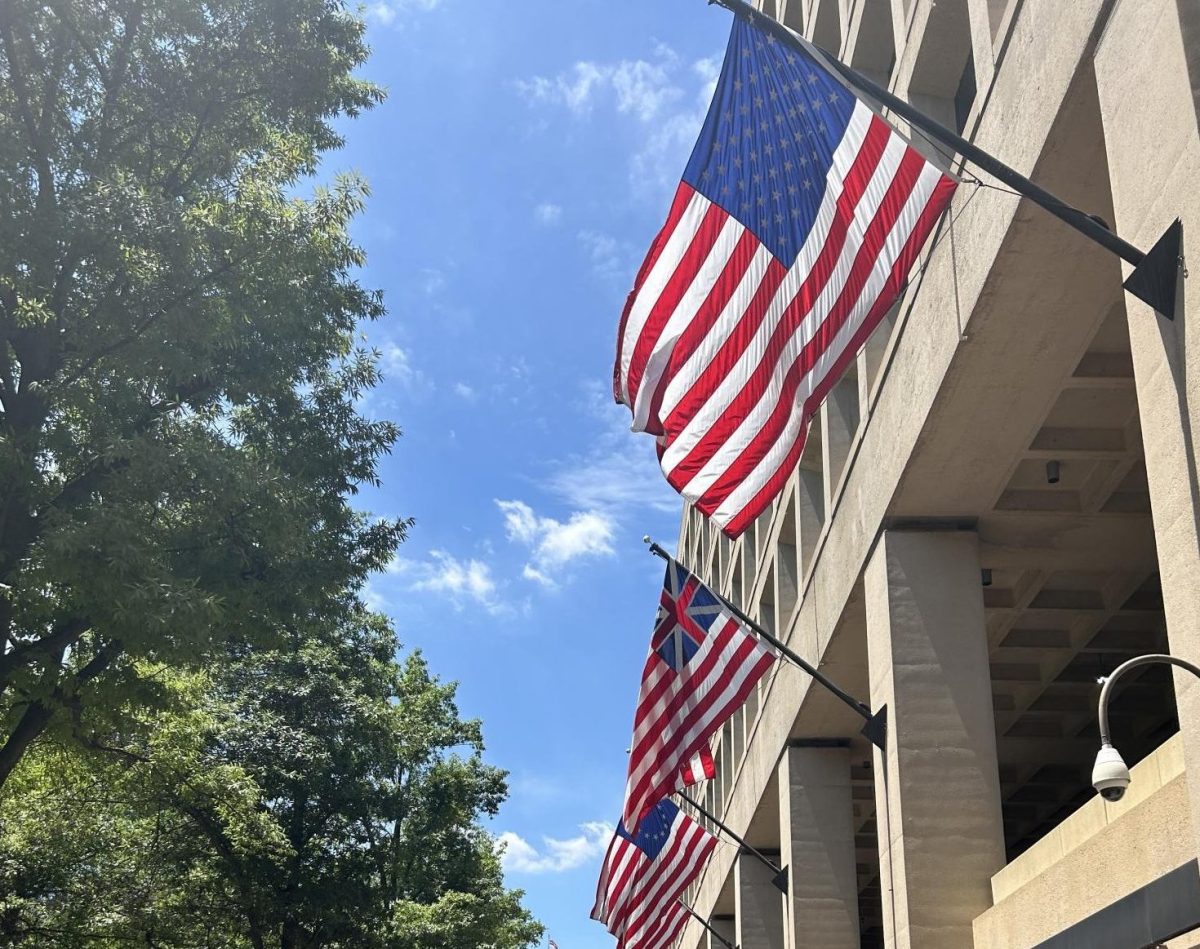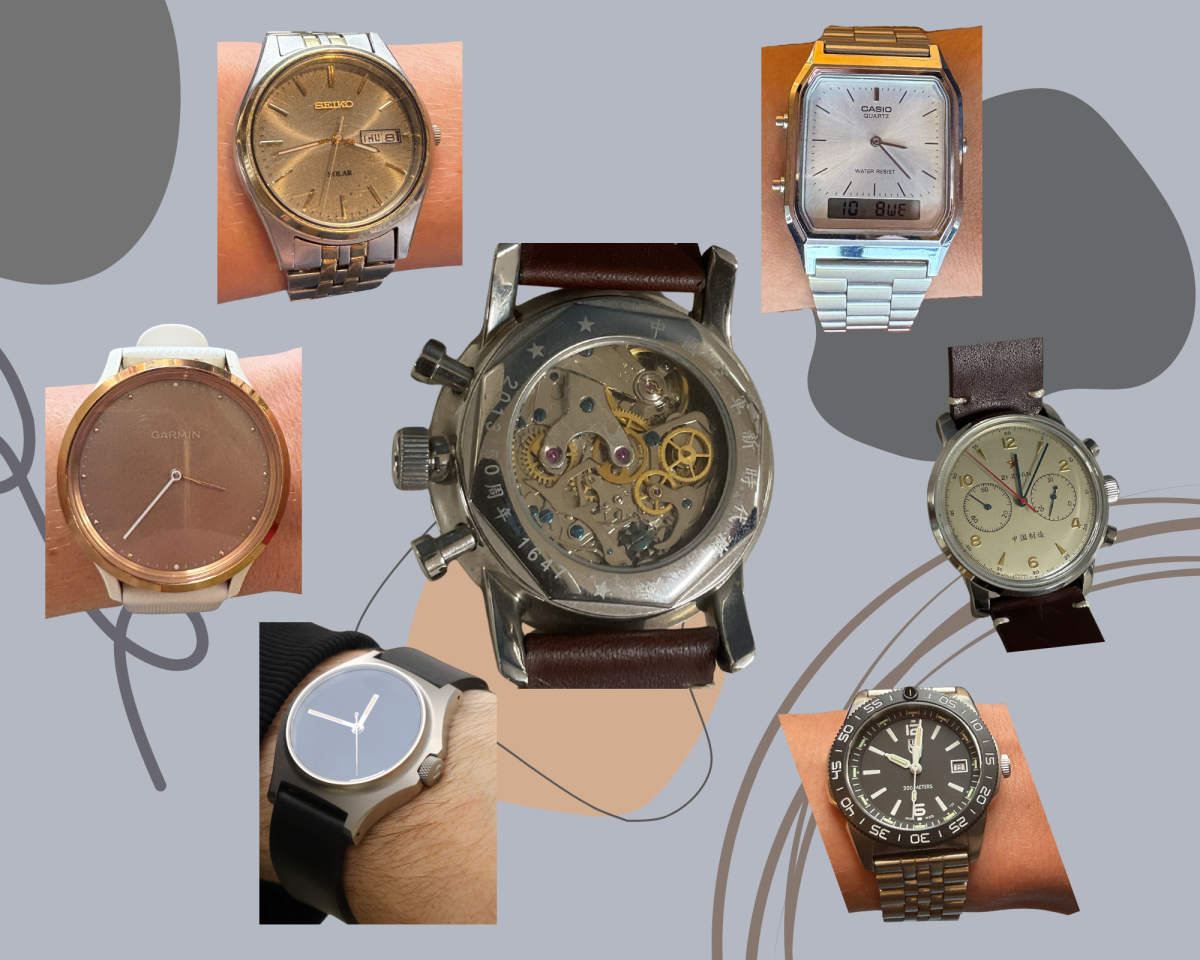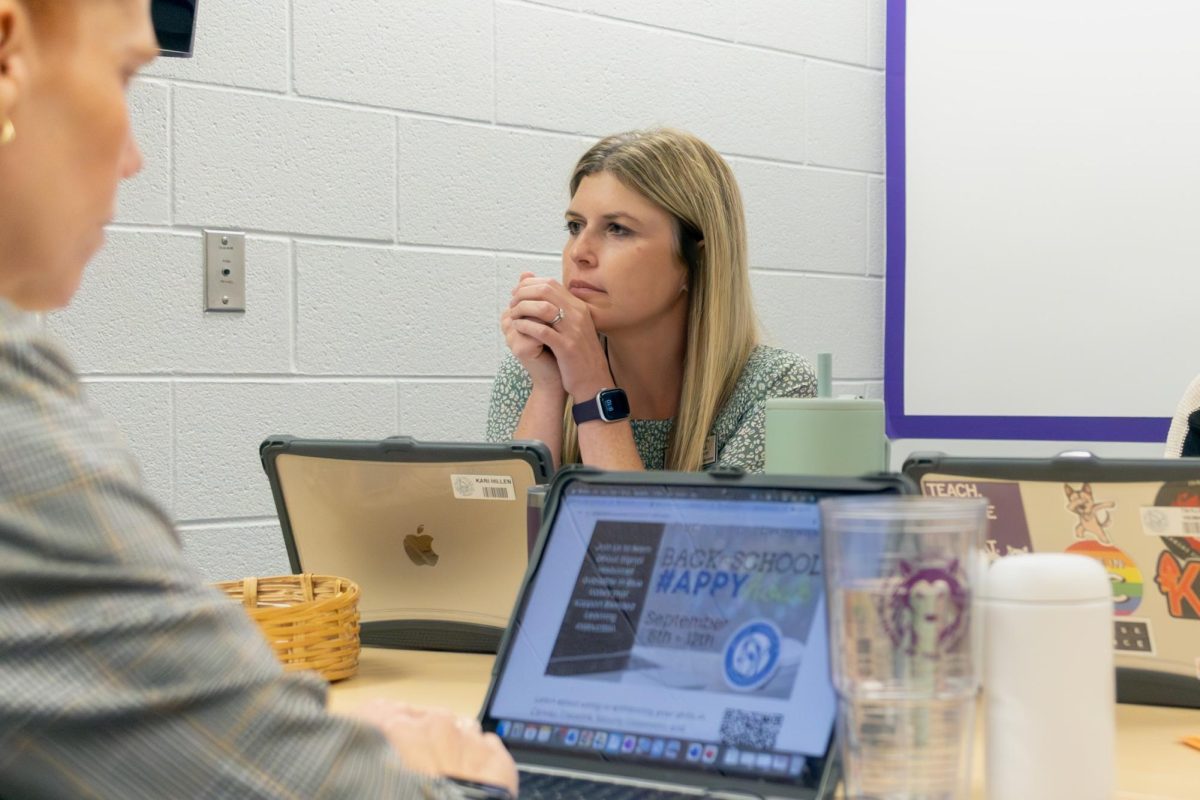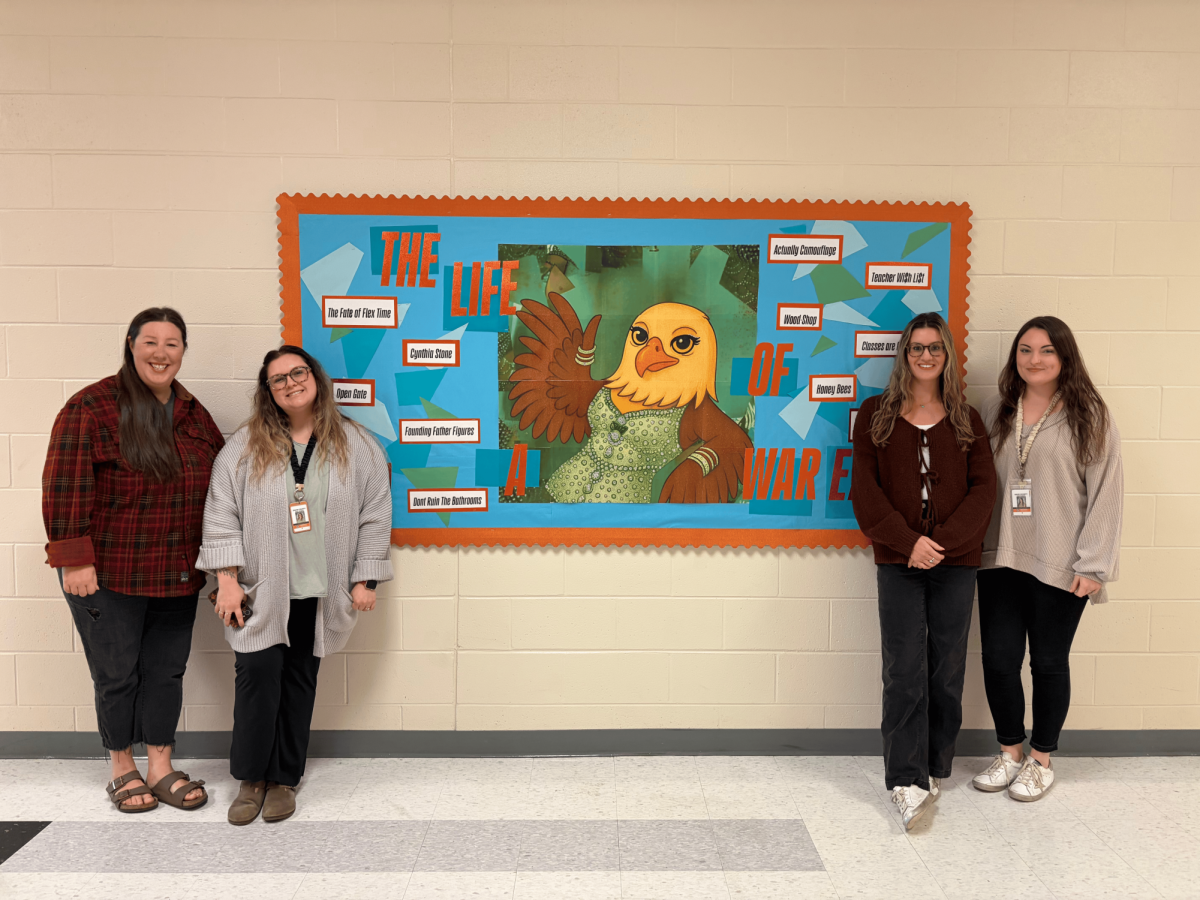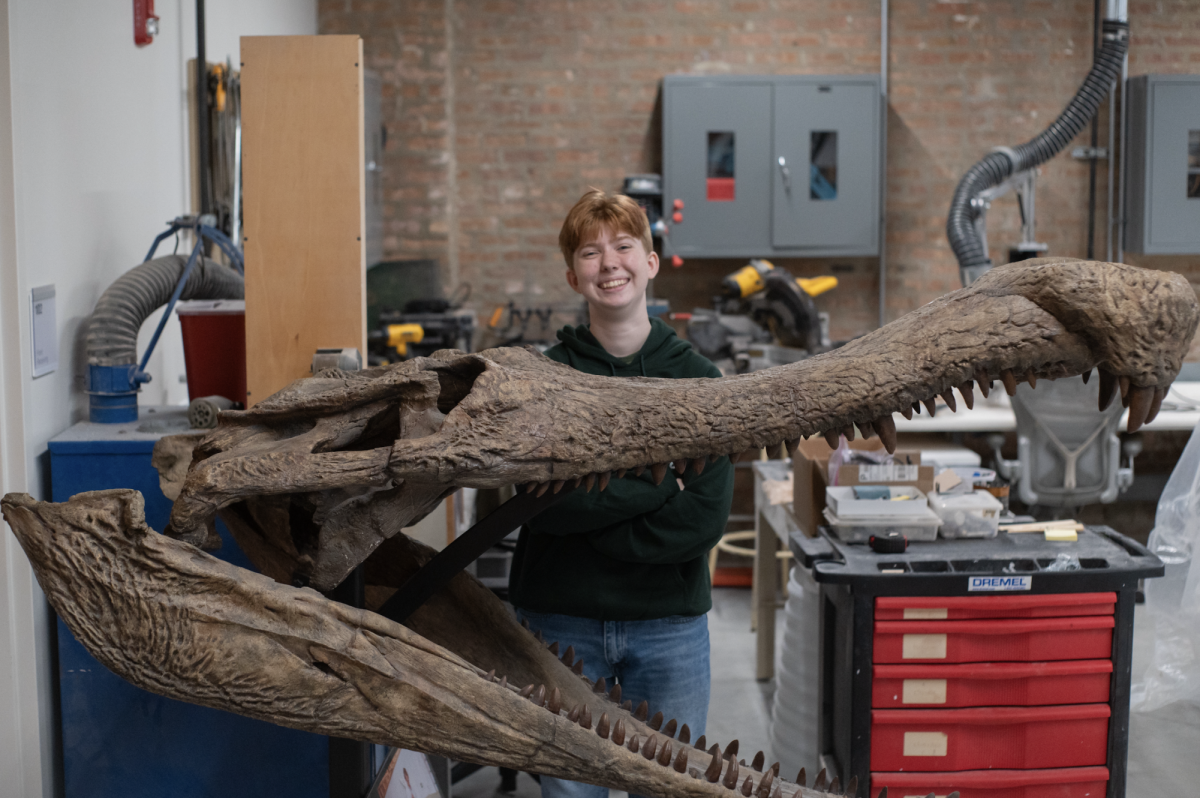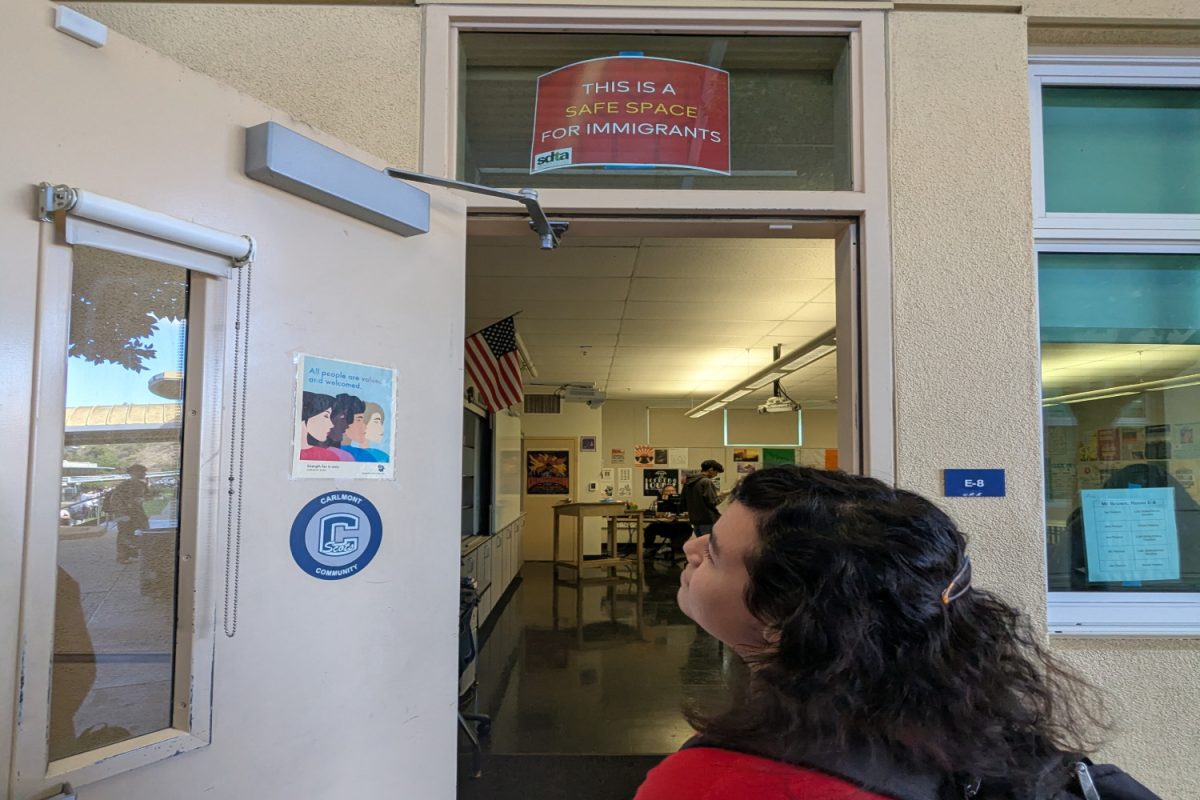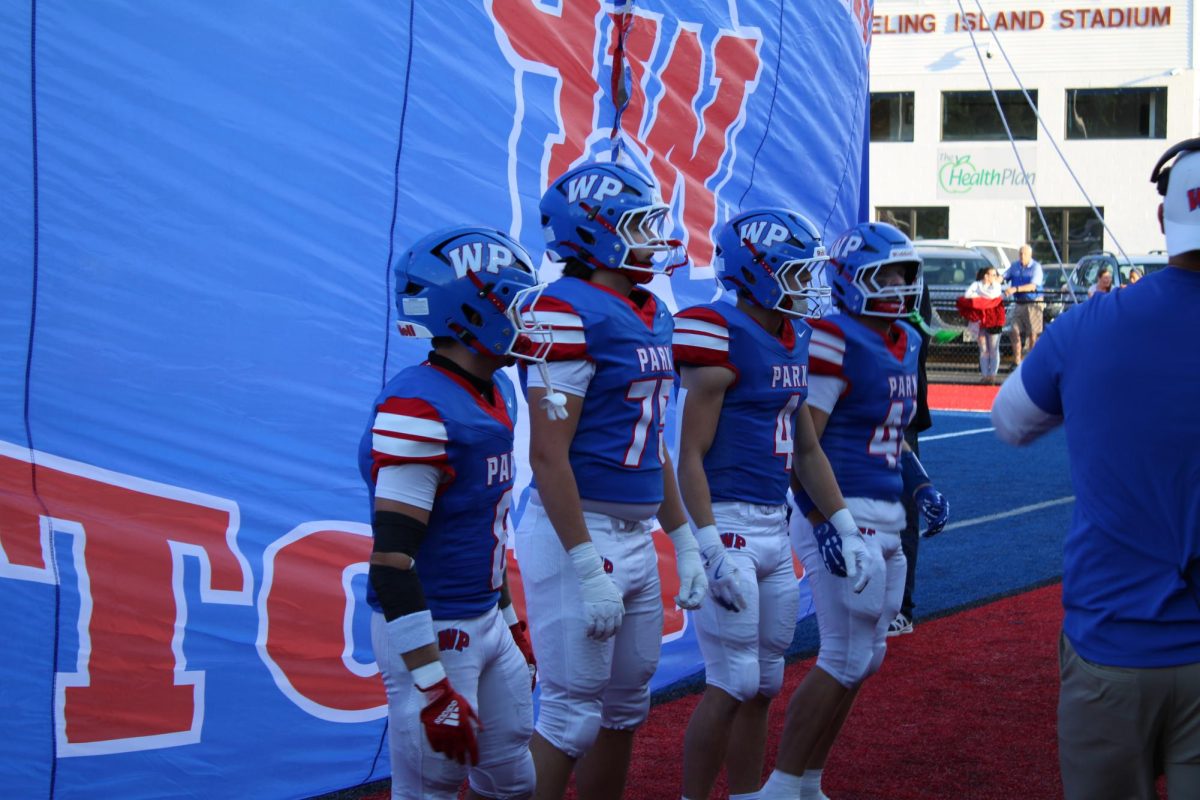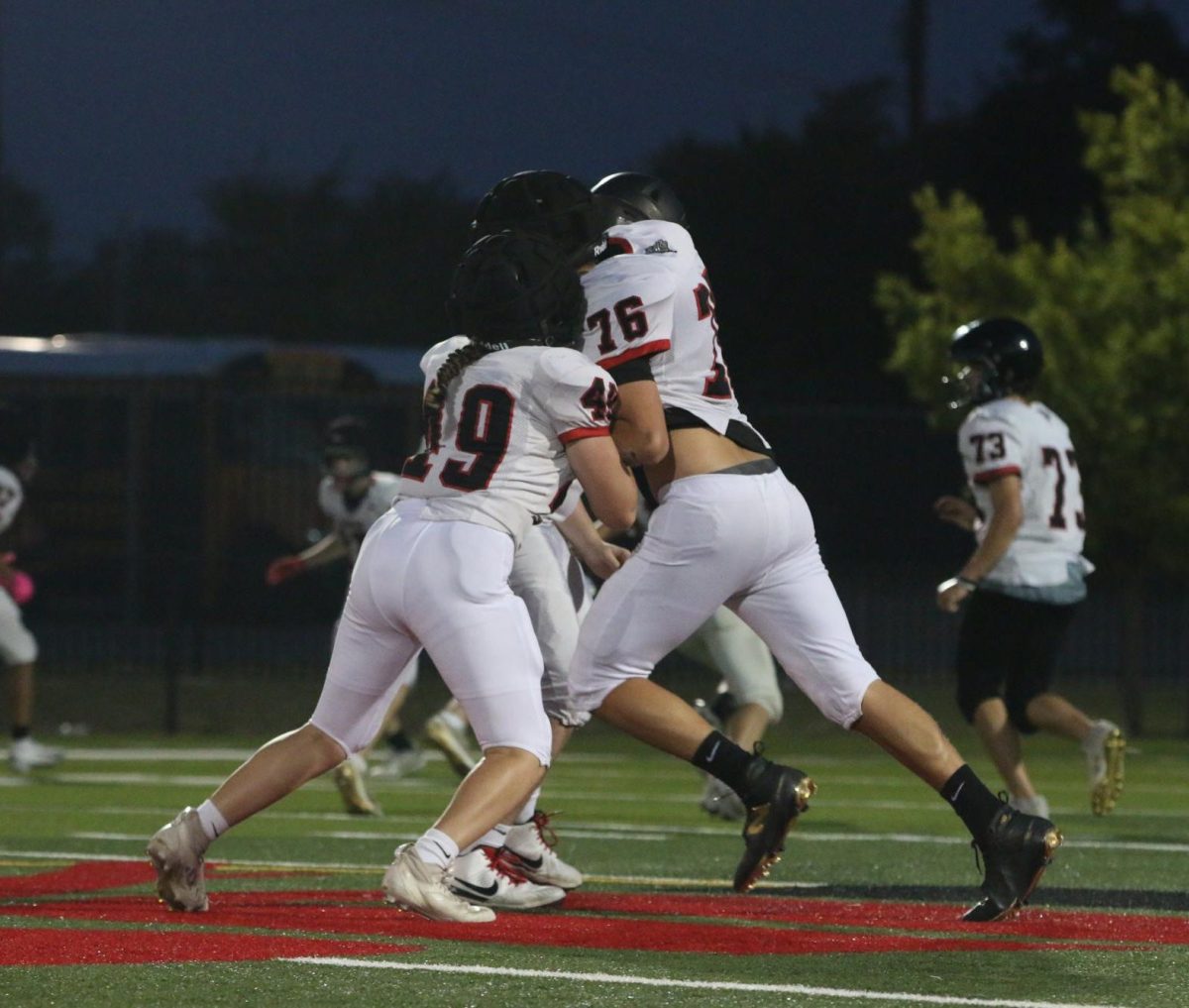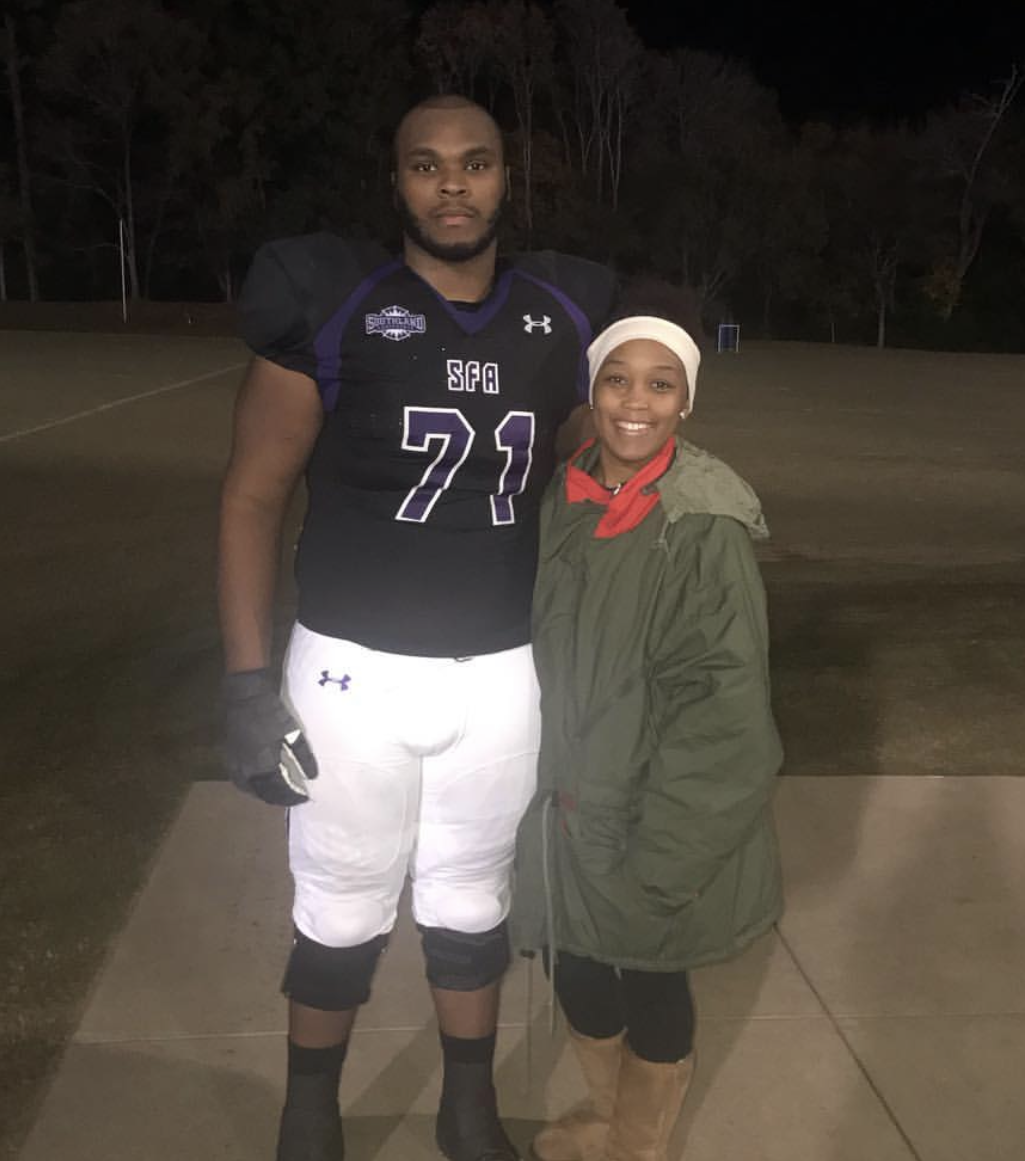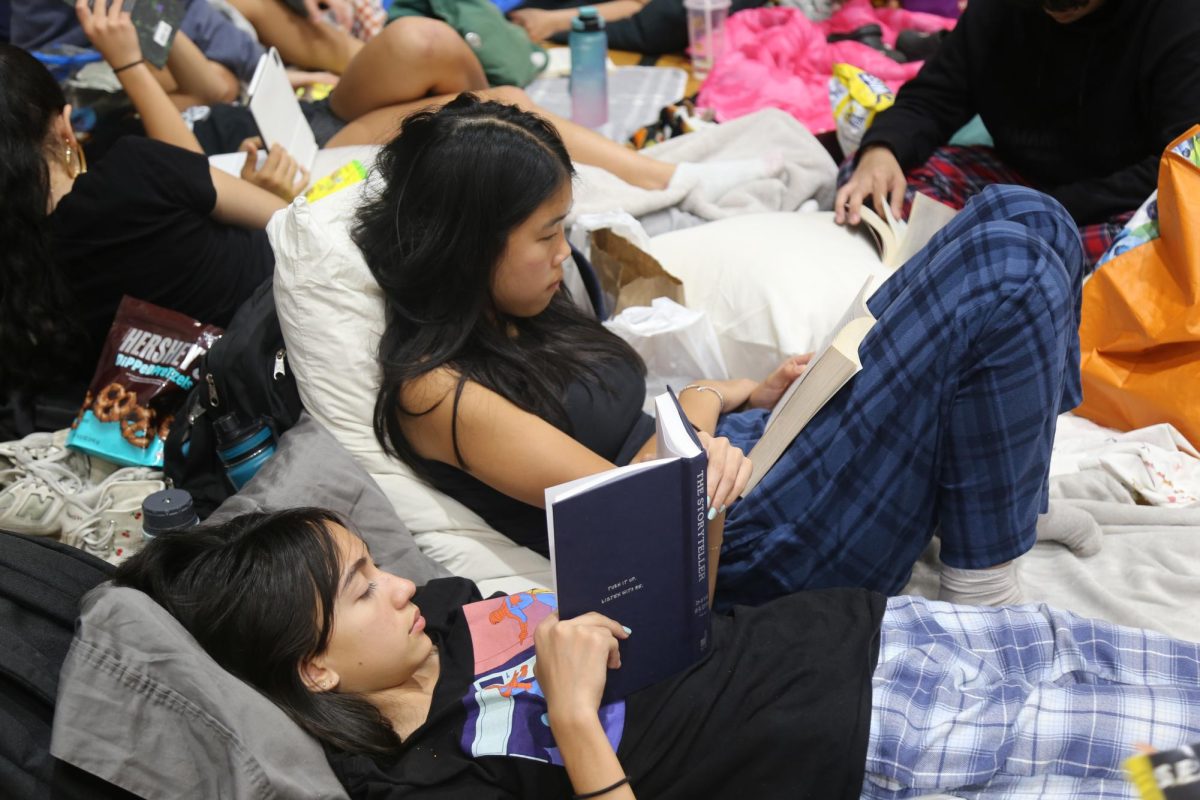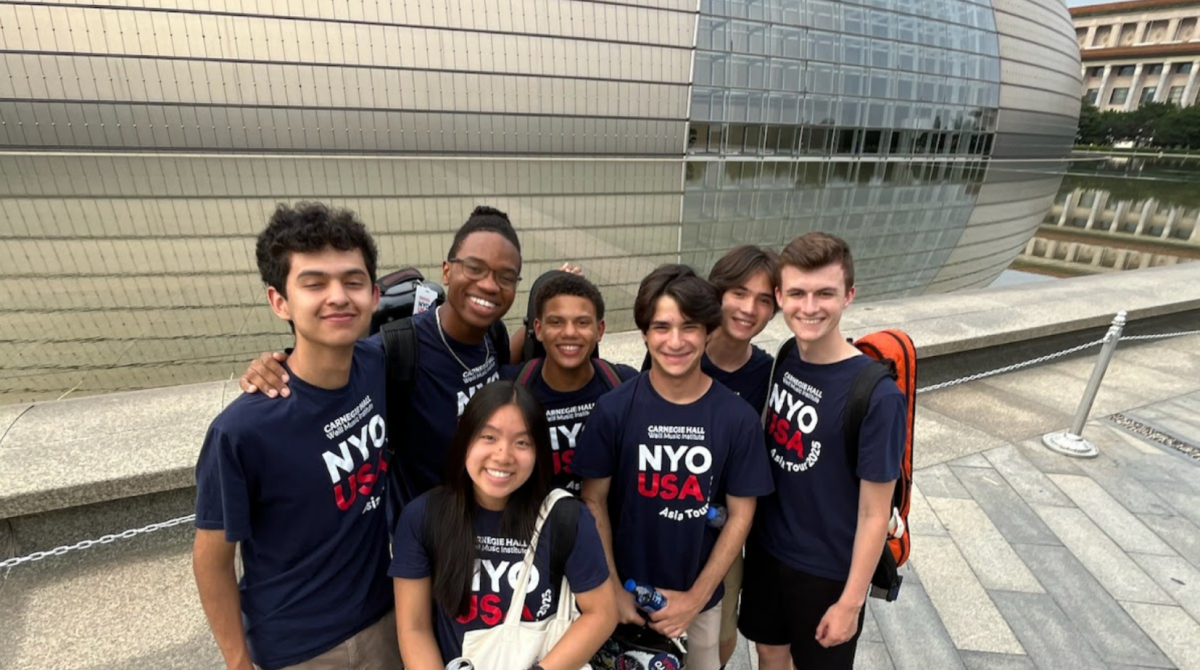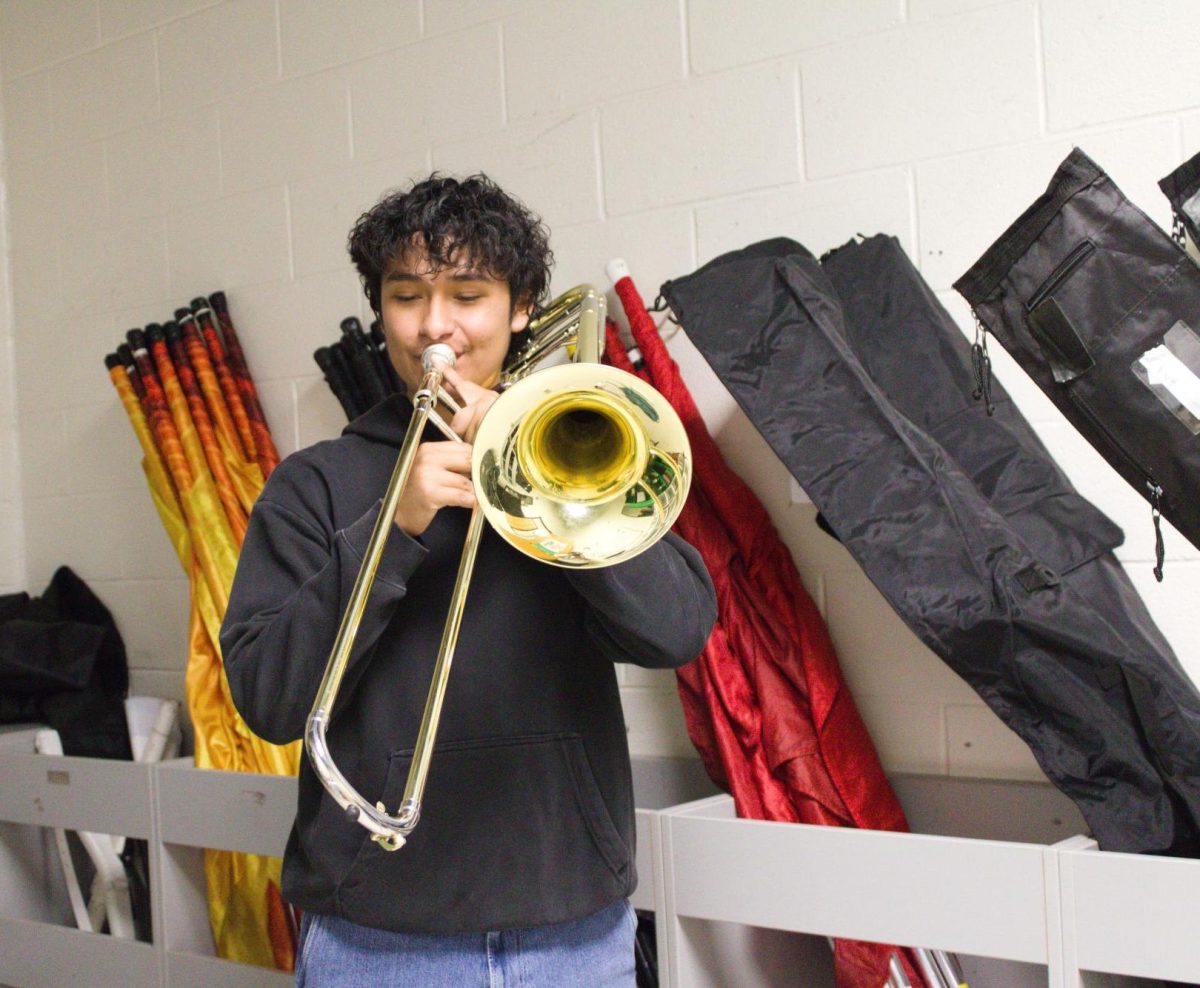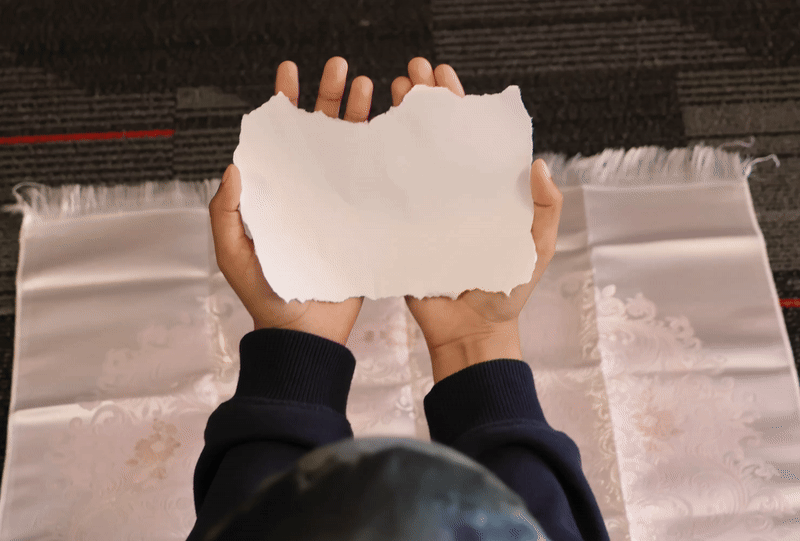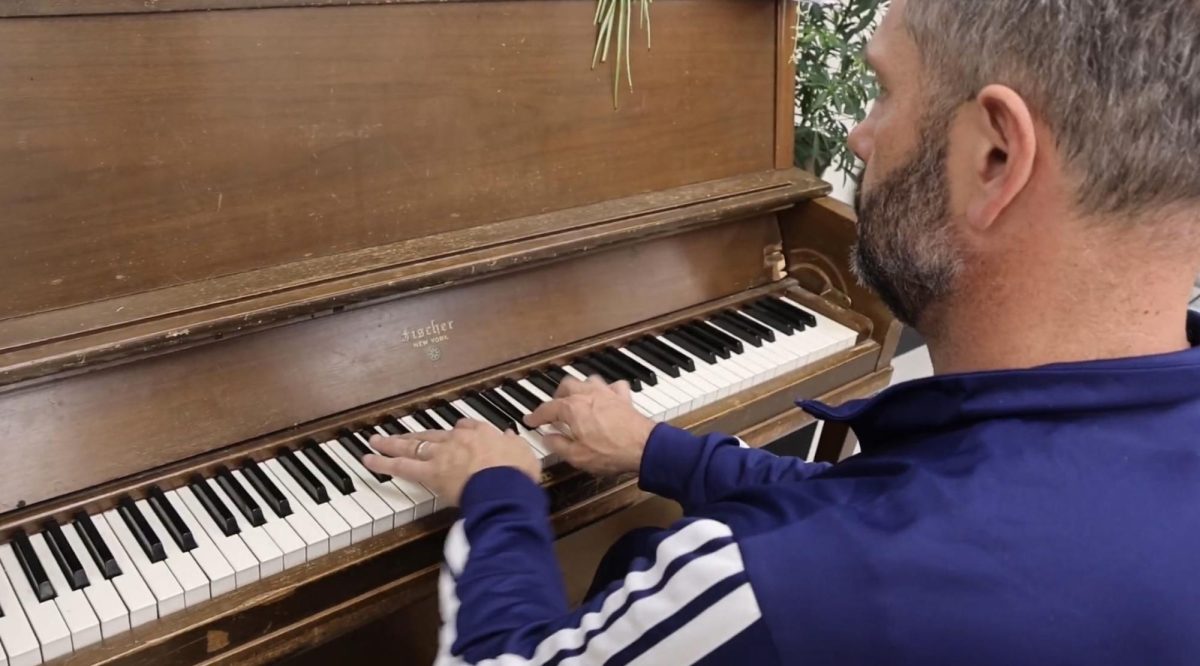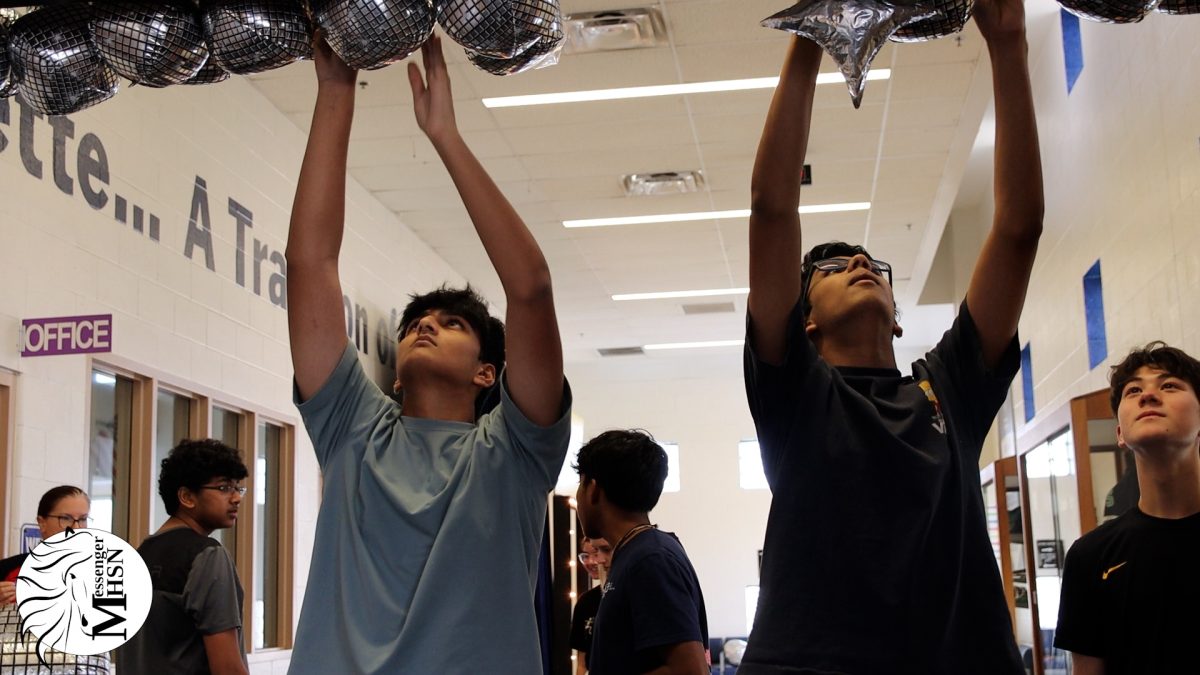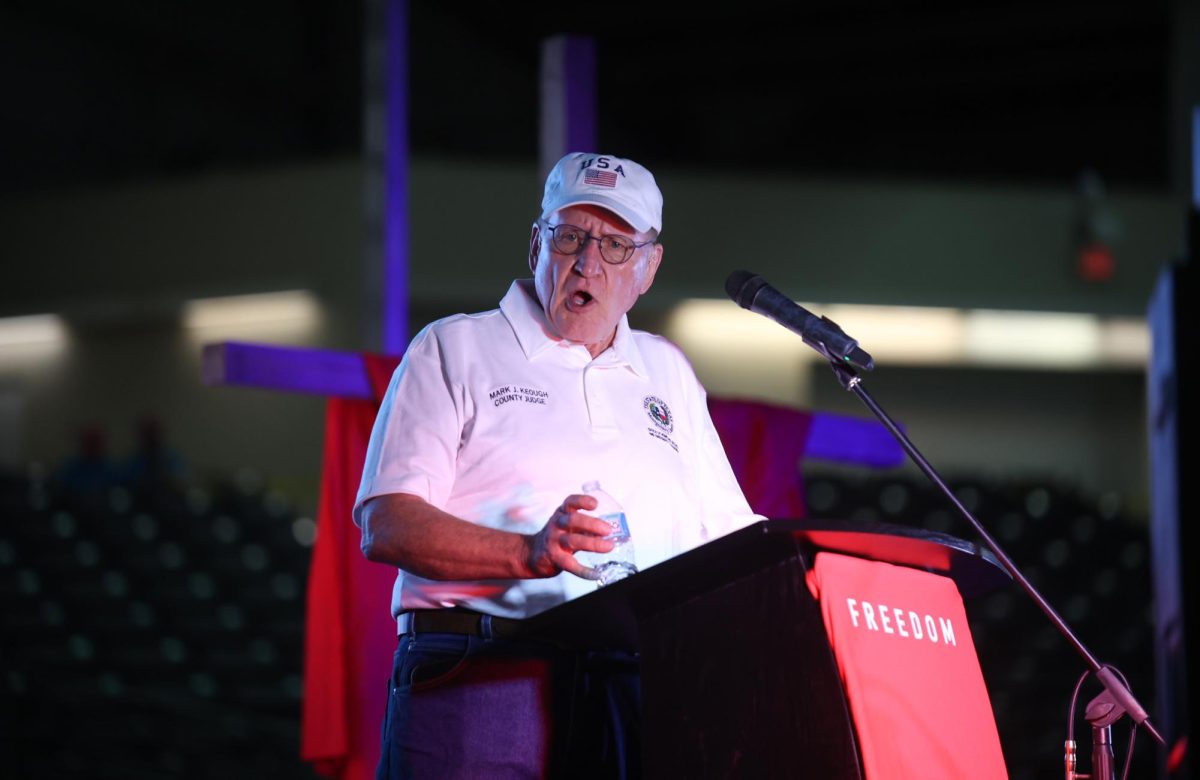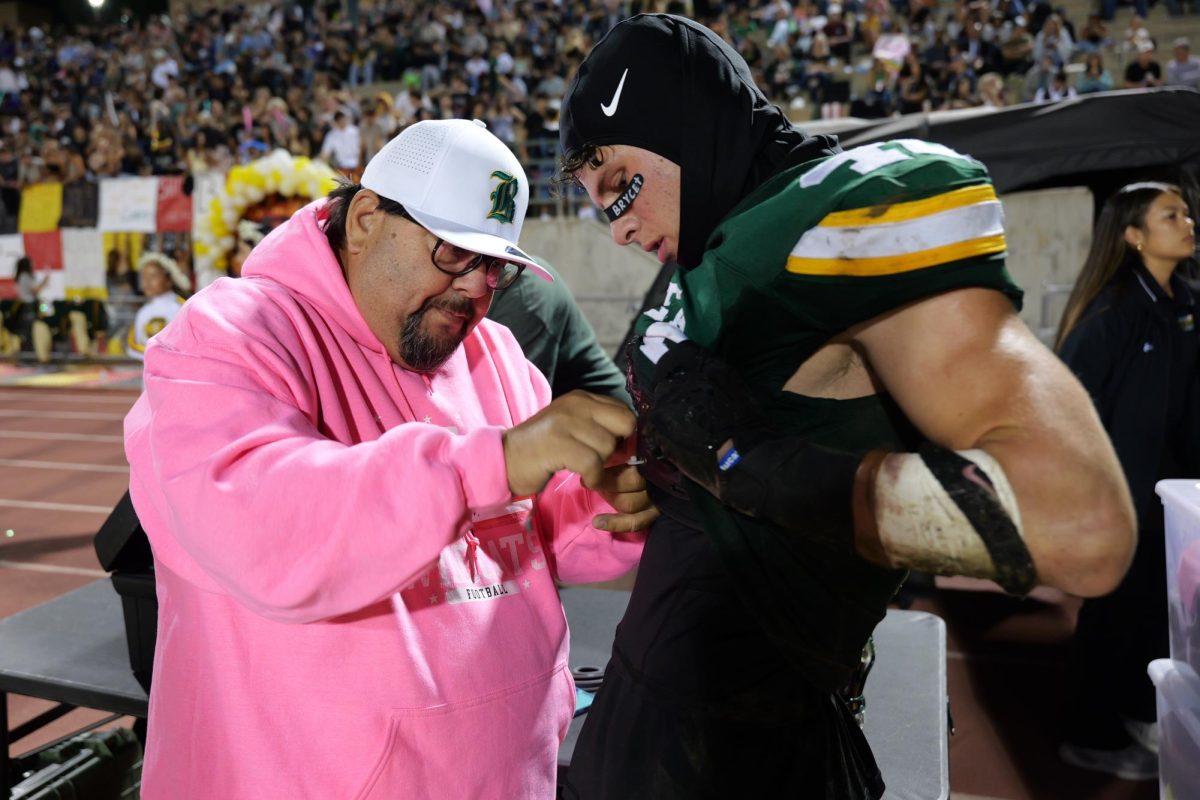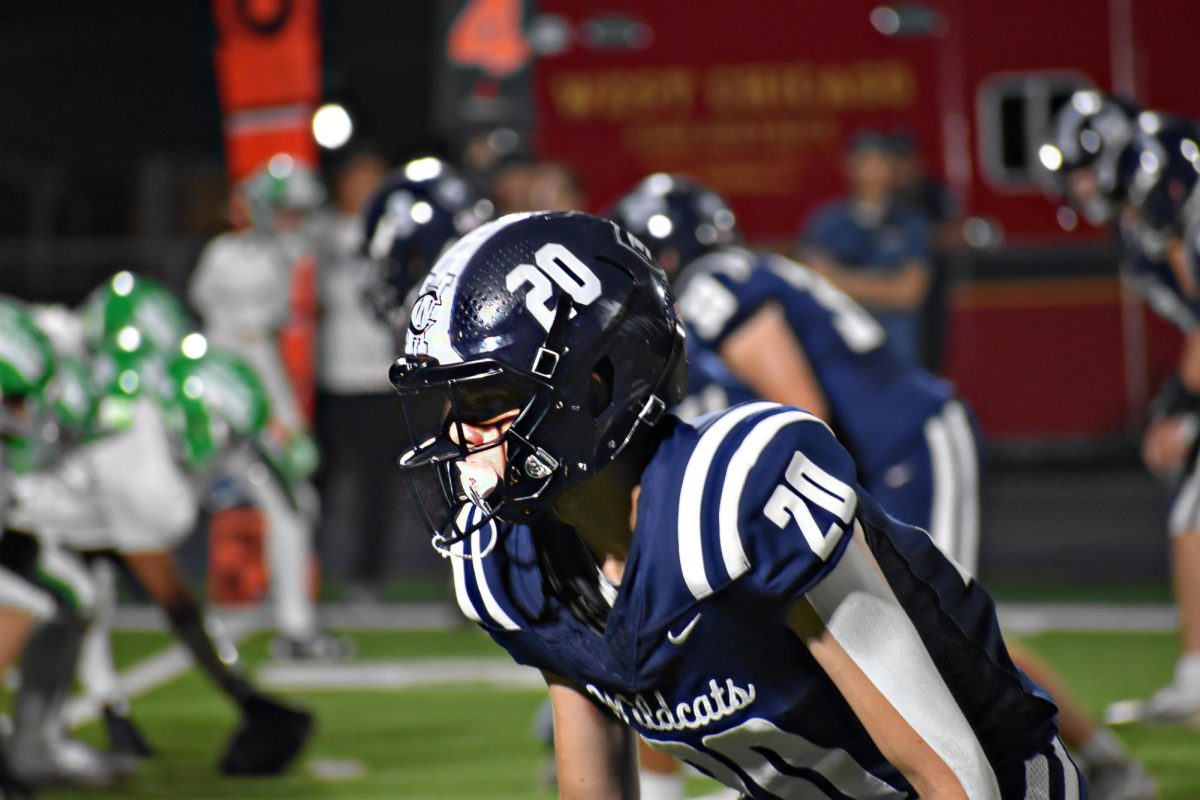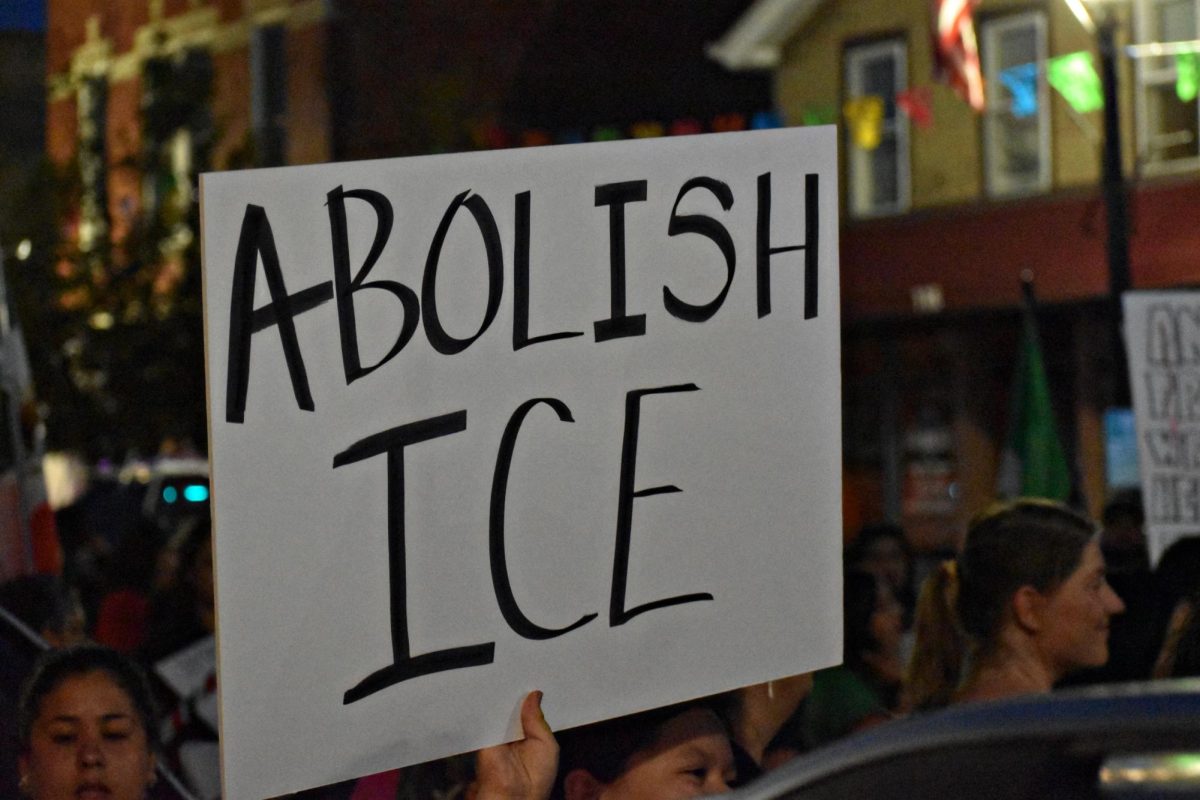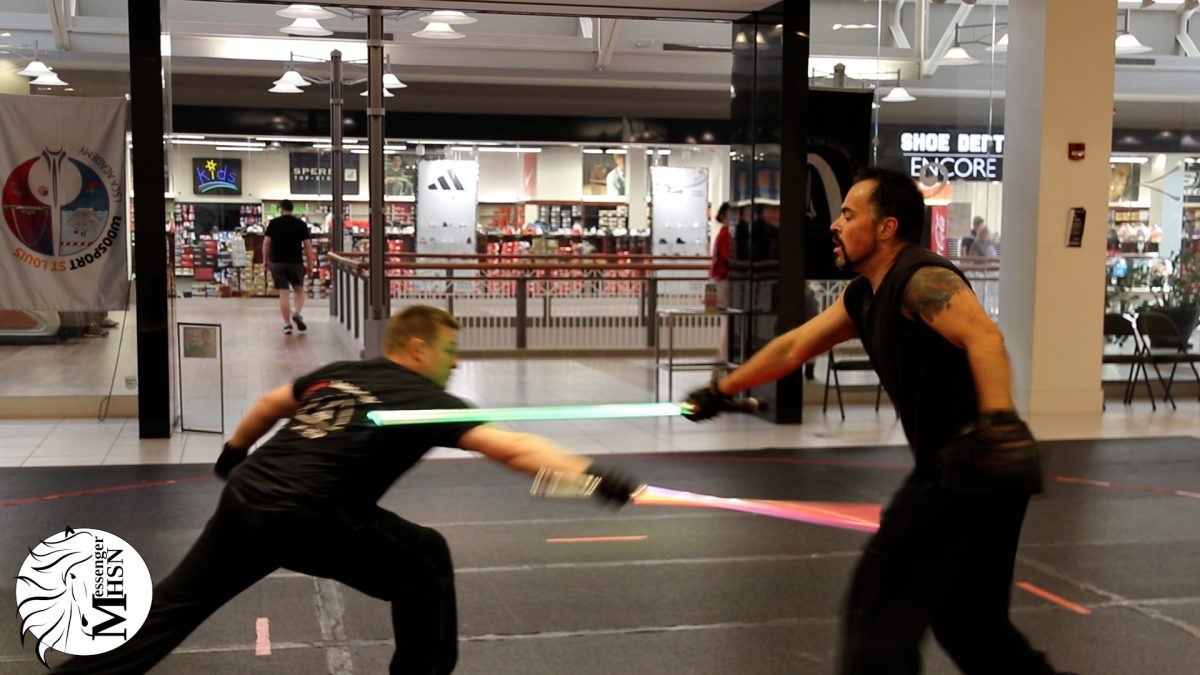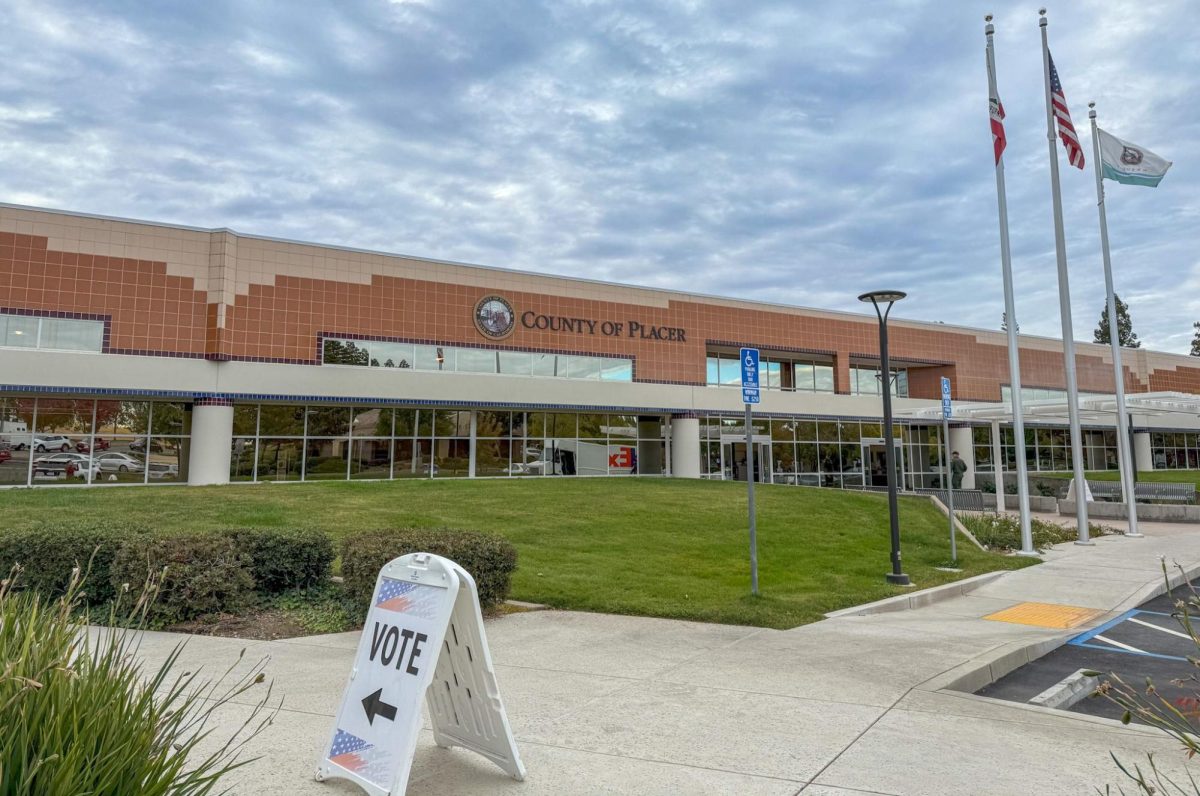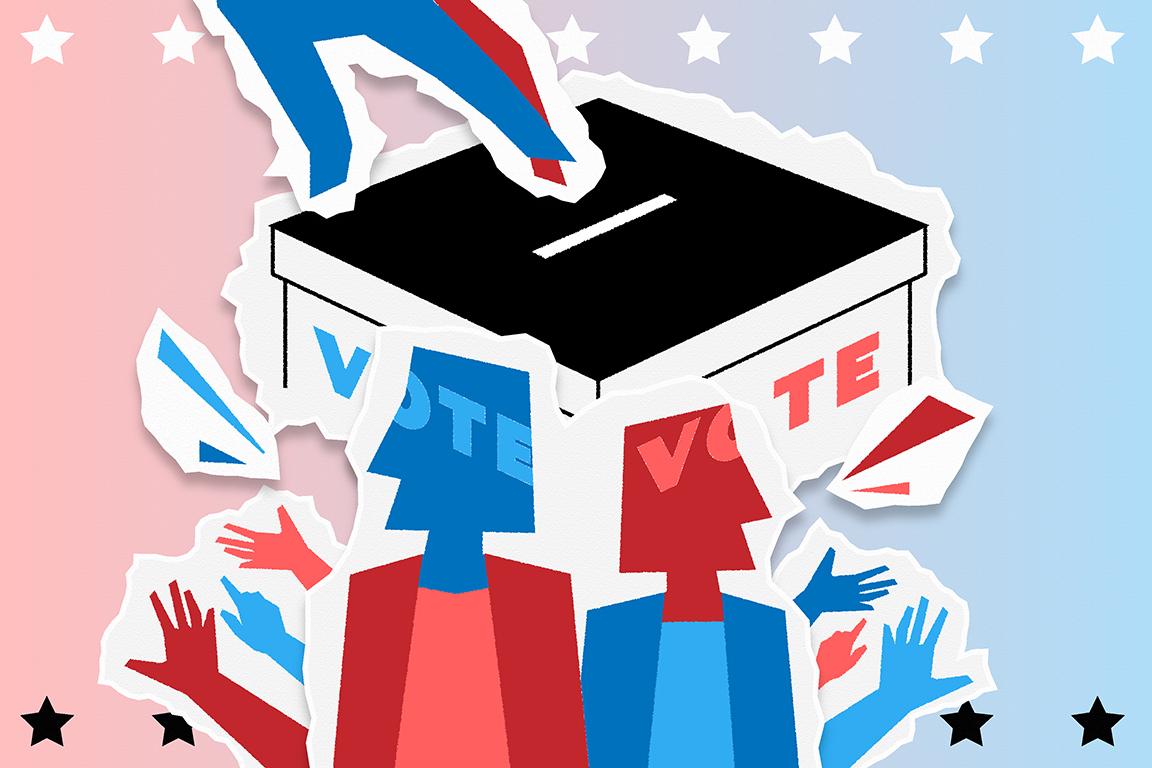As the Placer County Elections Office prepares for the upcoming presidential election, it is committed to ensuring transparency and accuracy.
The Placer County Elections Office, now located in Rocklin, recently relocated after over 100 years in Auburn and oversees 286,115 registered voters.
Ranking third in voter registration statewide, the Placer County Elections Office serves voters, of which 41% are registered Republican, 32% Democratic and 19% have no party preference. In the 2020 presidential election, 88.3% of voters turned out and over 93% of eligible voters registered.
“We have one of the highest numbers of youth registrations in the United States,” Ryan Ronco said. Ronco has served as Placer County Clerk Recorder-Registrar of Voters since 2016.
Since 1995, the Placer High School Outreach Program has visited numerous schools to educate senior classes about the voting process and the importance of each person’s vote.
“I think what is unique to Placer County, and what I wish more voters would do is come in and ask questions and ask to view the process. Because I think, once you view the process, you can feel comfortable with it,” Phillip Tantre, Placer County’s election manager, said. Tantre previously served as the election manager in Santa Clara County for 16 years.

(Samantha Yee)
Election Security
Starting 29 days before the election, voters can stream live footage from the website, showing how ballots are handled from the moment they arrive to when they’re stored, with the footage stored for 22 months.
“If you want to watch us work 24 hours a day, go to our website, pull up the cameras and watch. It’s all transparent. There’s no secrets,” Tantre said.
A unique part of the election office is that every room is transparent, with windows that allow people to look inside. From the lobby, you can see into cubicles, the elections warehouse, where they store all of our election equipment, and the vote count rooms and vote processing room.
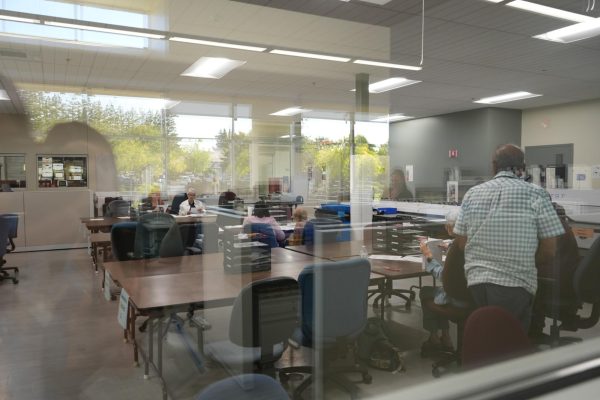
(Samantha Yee)
Around 280,000 ballots are processed per presidential election. Placer County has 155 ballot types based on where each voter lives, such as the city (e.g., Roseville), local school district, county supervisor district, park district, and recreation district.
Each step in the election process is controlled in batches of 200 ballots.
“If the count is off, the ballots are recounted, there is no room for error,” Tantre said.
The mailed ballot is first scanned using lasers to read the barcode and voter’s name, then a picture is captured and stored in the signature verification system and compared with the signature from the original voter registration card.
“We are quadruple-checking everything. In California, we have to match the signature. It’s pretty difficult to have voter fraud. If you have to match a signature, intervals match the same stroke,” Tantre said.
If a voter tries to vote twice—both by mail and in person—our system catches it immediately. Voter information is updated every 20 seconds across all voting centers, so there’s no chance of double voting.
After signatures are verified, the BlueCrest ballot sorter organizes ballots into stacks of 200 by supervisorial district and voter last names within five county regions. Each district has “pockets” to group ballots, which are sent to rapid extraction desks where machines—not staff—open envelopes to ensure privacy.
Once separated, ballots are placed in color-coded bins for inspection and sealed in batches of 200. Canon scanners, disconnected from networks, count the ballots. Results are saved locally and transferred manually through “sneaker netting,” with single-use USB drives. Once counting begins, no one is allowed into the room.
“If we have two different candidates or two different campaigns that really cannot get along, we have two sets of Windows, so we will put one candidate at this window and one candidate at that window so they can both watch us count ballots without being right next to each other,” Tantre said.
Certified by the Secretary of State, ballot scanners locked at vote centers resemble garbage cans and contain a UPS, power supply, touchscreen and printer.
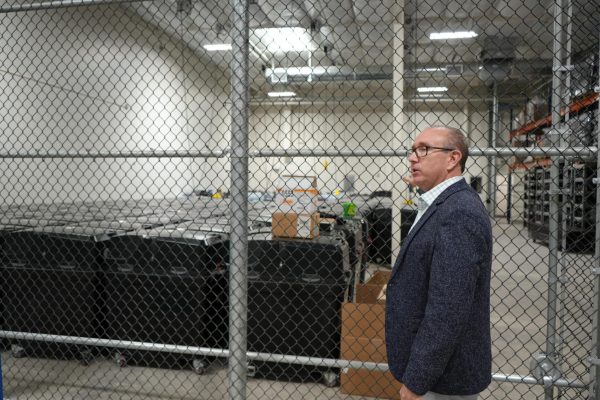
(Samantha Yee)
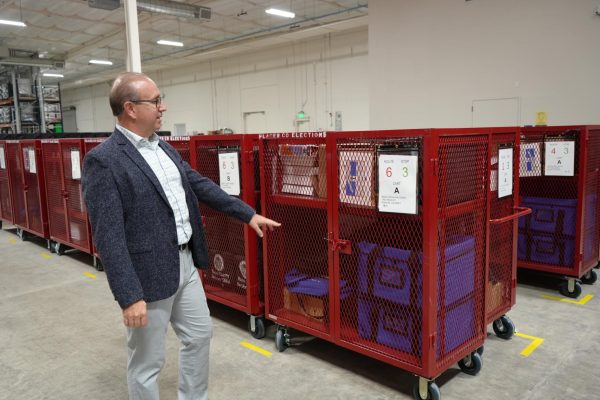
(Samantha Yee)
90% of Placer County voters vote by mail, while about 10% of the voters vote in person. Before COVID, voters needed to request mail-in ballots, but now all voters automatically receive one. With fewer people voting in person, many voters submit their ballots on or just before Election Day, leading to backlogs in processing.
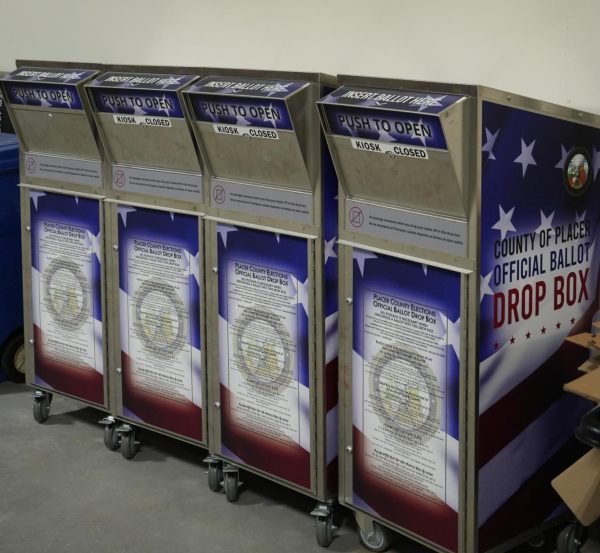
(Samantha Yee)
A new system, “Sign, Scan, and Go,” helps reduce these delays by allowing voters to bring their mail-in ballots to vote centers for immediate scanning.
“It’s unique to Placer County, where you can bring your vote by mail ballot into a vote center and watch it, count it in front of you and scan it into a machine,” Tantre said.
Placer County has 29 voting centers, including the Maidu Community Center. Each center receives four red carts with election materials, sealed with tamper-proof metal locks, that are checked daily by staff to ensure the number matches for security. If a lock is tampered with, the box is taken out of service immediately.
The Placer County election office has a storage facility, where election equipment and voting booths are stored. All election materials, from ballot proofing to signed rosters, are stored for 22 months in case the election is contested. Once the period is over, if there are no challenges, a shredding company comes to destroy the documents on-site.
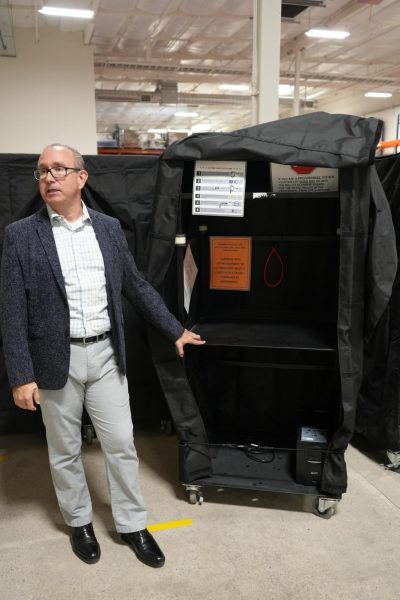
Placer County previously operated polling places with stricter hours and locations, requiring more staff than the new vote centers. The new centers make voting in person easier and require fewer employees for higher efficiency.
“We initially needed 1,800 volunteers to serve. Now, we only need to find about 700 or 800 people to serve at vote centers,” Ronco said.
Placer County’s switch from polling places to voting centers has improved accessibility, with centers now open for up to 11 days. Unlike polling places only available on Election Day, voting centers allow voters to cast their ballots at various locations in advance.
Individuals can get involved by serving at vote centers on Election Day. Volunteers are needed to process mail-in ballots and assist in the warehouse. By Election Day, the team expands to about 75 people ready to process ballots and distribute supplies.
Election aids in Placer County are required to undergo a background check and fingerprinting by the Human Resources department. After passing these checks, they attend a full-day training on the voting process, how ballots are counted and check people in at the vote center before being assigned to one of 129 locations.
“The biggest challenge with vote centers is training staff quickly, as they only have about a day to learn what’s needed, often requiring on-the-job learning,” Ronco said.
After the election, the Placer County team does a manual count to double-check the machines, randomly selecting boxes of ballots to hand-count and verify the results. About 10,000 to 20,000 ballots are typically hand-counted for this process.
Physical Security Measures
President Biden recently expressed concerns about election violence surrounding the upcoming presidential election given the unrest seen in the aftermath of the 2020 election.
Despite the national concern surrounding election-related violence, the Placer County office has not experienced harassment or threats against its staff or poll workers. The office works with law enforcement agencies, including local sheriff’s offices, police departments, FBI, and the Department of Homeland Security, to ensure election safety and security.
Everyone who comes into the office gets signed in or wears a badge and the entire Placer County election staff has keycard access to all areas of the office.
“An election is a series of crises, from dealing with an upset voter who thinks their ballot was withheld for political reasons, to managing polling places near emergencies like fires or handling voters who won’t stop electioneering at voting locations,” Ronco said. “We’ve faced all these challenges in Placer County before.”
This story was originally published on GraniteBayToday.org on October 30, 2024.


